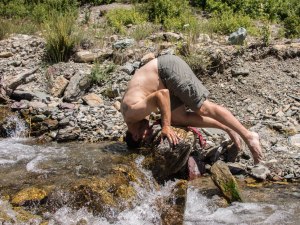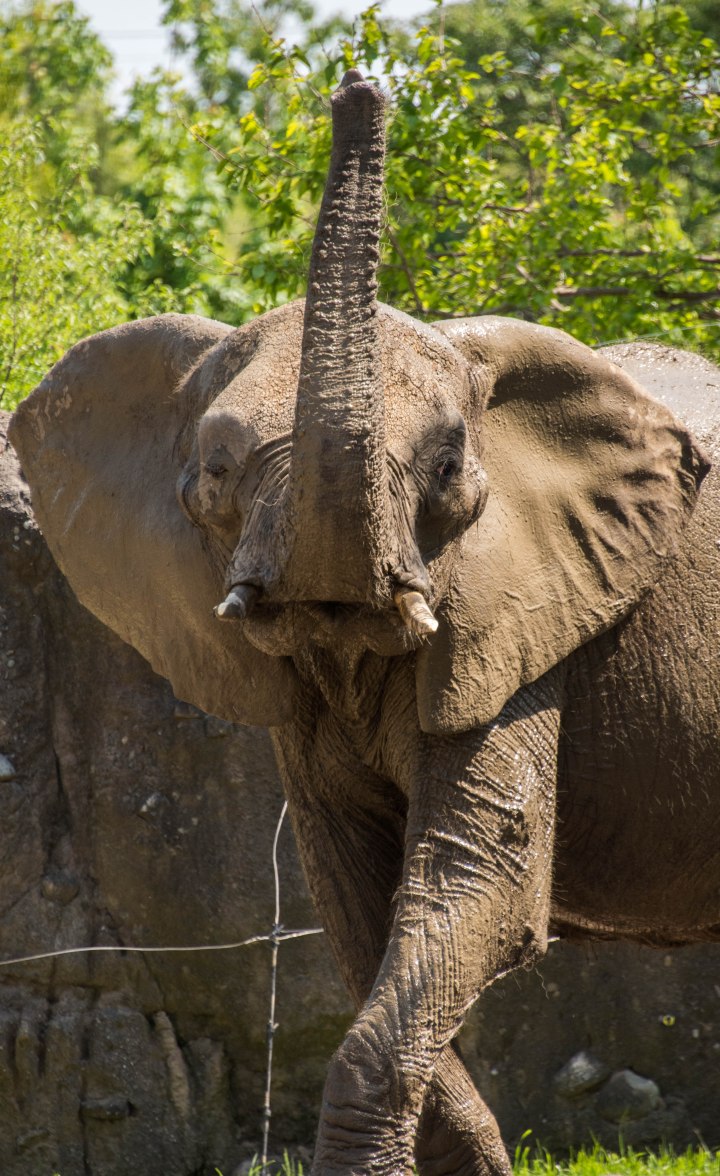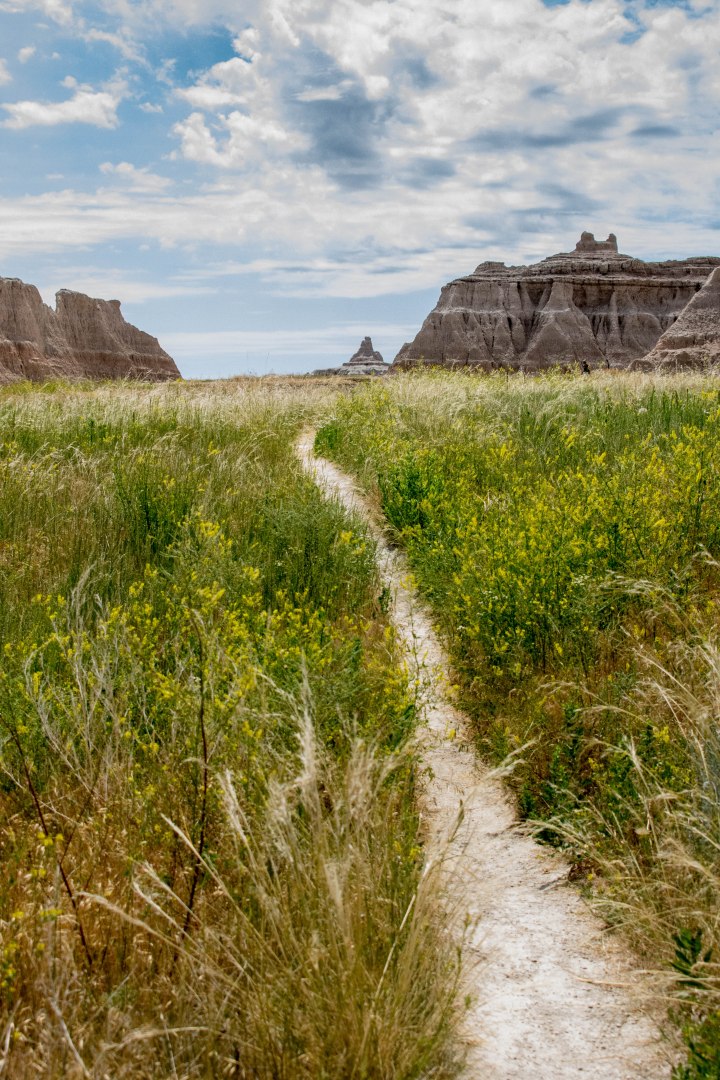This is the in-between week, the time when we’re supposed to get reflective about the last year before welcoming the new, which this time will consist mostly just of opening the door to usher this crappy year out. Both personally and from a celebrity perspective, 2016 seemed slavishly devoted to draining the world of its best people. So on principle, I’ve been at odds with this year since it took my grandmother when it was less than two weeks old.
Still, I’m a natural contrarian, and I like to look at an issue from all angles. This year was strangely and quietly productive for me on a number of fronts, so it wasn’t all bad from a personal perspective. So what, then, was the best moment for me in this year of endless hits? For such a rough year, the answer was surprisingly easy. As soon as I asked myself, the answer bubbled up like a fart in a bathtub. The funny thing is that I haven’t even written about this moment; it was so personal and so internal that there was never really a point.
In June I went back to Montana after an eight-year absence with my husband Travis and our dear friend Fred, traveling by way of the Badlands and Yellowstone. We devoted most of our time to Glacier National Park, where we spent several days backpacking in the remote North Fork region. On the second day, between Lower Kintla and Upper Kintla Lakes, the trail pushed through a wide burn, a remnant, I think, from fires in the year 2000. Hiking through burns in summer is always a hot business; you never realize how much sun protection is offered by the forest until you emerge into a stand of bare, charred tree snags. It was a hot day anyway, and the weird otherworldliness of these areas only increases the sense of discomfort. We were singing 80’s metal hair band songs to ward off the bears we’d been warned were lurking. The path in this section also went up and down and up and down, so we were all sweating and huffing by the time we were halfway through it.
We’d started gulping down our lukewarm water at a rapid clip; I can always tell I’m dehydrated because I’m so eager to drink that some of it splashes out the sides of my bottle and down my chin a little. We stopped for a few seconds to drink, examine a toad standing in the middle of the trail, and see what looked like a checkerspot butterfly chowing on some orange hawkweed. (Butterflies don’t care whether a plant is considered invasive by humans.) We pushed on, singing Poison songs in such ear-splitting, out-of-tune voices we were certain any interested bears would be dissuaded. (“Christ, Bob, more middle-aged hikers butchering Unskinny Bop. Let’s go up the mountain for lunch.”)
Our remaining water was as warm as fresh spit, and barely enough to skim the first mark on the bottle. We considered a side-trip to the lake to replenish our supply. We weren’t in trouble; we knew there was water access twenty or so minutes down the trail at the falls where the lakes met. But we were uncomfortable. A drop of sweat launched itself down the sunscreen field of my forehead, lingering at my temple to tickle just enough to make me raise my hand and smear it across my eyelids. As it always does, the sunscreen burned my eyes. I was wobbling at the edge of “fuck this” territory.
And then, as all good moments do, it broke. The charred snags gave way and the trail spilled us out onto a broad, open slope, down which was flowing a wide, rushing fall of meltwater – nature’s own refrigerated beverage. If you wanted to record a symphony of human gratitude, you could just sit for six or so weeks at the intersection of the trail and this seasonal creek, before the heat of summer dries it up, and listen to the whoops and joy-calls of the overheated hikers who encounter it.
Socks and boots and shirts flew all about as we stripped off. The chorus changed from anticipated yelps to hollers of thrilled shock as reddened feet and hands were plunged into the icy water. I stuck my wrists and ankles in first, then bathed my cooling band in the water and wrapped it gently around my neck. My blood temperature dropped to a mild simmer. Then our heads went in.
 There is something strange about viewing a mountain world from the bottom up. I knelt on the rocks, immersing almost my whole parched head into the stream, noticing for a moment what it felt like to have my long hair trying to go downhill and join the falls, pulling gently on my scalp, all while the mountains had been turned upside down. It was such a weird and drastic alteration of perspective that it was impossible not to smile. That’s what I love about trips like these: things can go from “Fuck this” to glorious with a single step.
There is something strange about viewing a mountain world from the bottom up. I knelt on the rocks, immersing almost my whole parched head into the stream, noticing for a moment what it felt like to have my long hair trying to go downhill and join the falls, pulling gently on my scalp, all while the mountains had been turned upside down. It was such a weird and drastic alteration of perspective that it was impossible not to smile. That’s what I love about trips like these: things can go from “Fuck this” to glorious with a single step.
I pulled my head out of the water and righted myself again, and through the streams of water running down my face, I noticed that we had company: butterflies, I saw, were on everything. Fritillaries and checkerspots, all perched on our boots, socks, feet, hands, and heads. Fred had one on his hat. Travis had one on his toe. Two had landed on his sunglass strap. When he reached for the Steri-Pen to treat the water in the bottles, one had landed on that too. Four of them were congregated on Fred’s shoe. One was on my camera pack, just at the spot where it had bumped along my sweaty back.

Butterflies don’t care where they get their salt and minerals, and they were clearly as happy with our sweat as we were with the cold rush of snowmelt. While we were soaking our heads, they had somehow smelled us and descended on the buffet. Knowing this sort of thing has never diminished the wonder of it for me; instead, it made that seasonal creek, rushing down a broad, open, hot slope, feel like a magical place of abundance for everyone. Water is life. So, apparently, are sweaty hikers.
We stayed for about forty-five minutes before continuing on to a cool patch of forest across the creek and a few more steps down the trail. Fred made lunch, and we moved on to Upper Kintla Lake with new energy, happy and satisfied. Upper Kintla is itself a breathtaking and magical place, and we lay on its banks for a long time, soaking it in.
Even at my desk at the end of December, I can still feel the chill of the water seeping through my hair and into every follicle, and feel the tickle of butterfly feet on my skin. It’s not the only moment of joy or wonder I experienced this year – far from it. But for whatever reason, it’s the one I remember over and over again, the one that burned itself into my brain. Author Viktor Frankl talks about the “granaries of memory” that continue to fill as we age. This one is the plumpest, fullest kernel from a year that often seemed merciless.
(More photographic proof of the Butterfly Creek phenomenon on The Trailhead’s Facebook page here.)

 There is something strange about viewing a mountain world from the bottom up. I knelt on the rocks, immersing almost my whole parched head into the stream, noticing for a moment what it felt like to have my long hair trying to go downhill and join the falls, pulling gently on my scalp, all while the mountains had been turned upside down. It was such a weird and drastic alteration of perspective that it was impossible not to smile. That’s what I love about trips like these: things can go from “Fuck this” to glorious with a single step.
There is something strange about viewing a mountain world from the bottom up. I knelt on the rocks, immersing almost my whole parched head into the stream, noticing for a moment what it felt like to have my long hair trying to go downhill and join the falls, pulling gently on my scalp, all while the mountains had been turned upside down. It was such a weird and drastic alteration of perspective that it was impossible not to smile. That’s what I love about trips like these: things can go from “Fuck this” to glorious with a single step.
